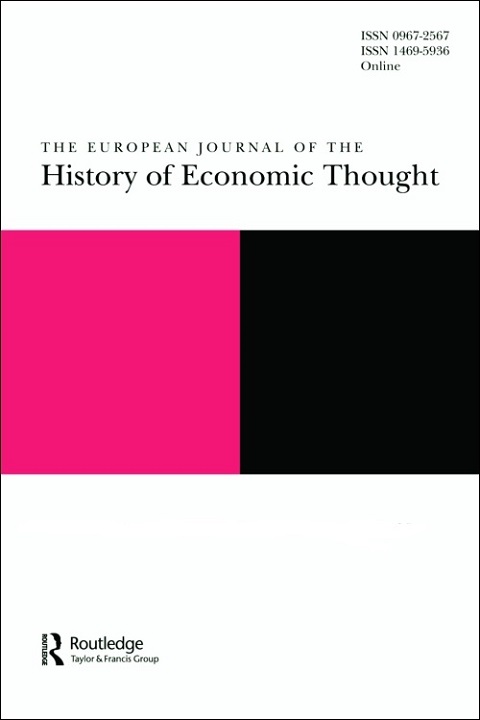
The European Journal of the History of Economic Thought
Volume 23, Issue 6, Nov 2016
Pages 870-896
- DOI: 10.1080/09672567.2016.1234148
- Print ISSN: 0967-2567
- Online ISSN: 1469-5936
A neglected contribution to monetary theory in the eighteenth century: Anders Wappengren on paper money, floating exchange rates, and purchasing power parity
- By
- Anders Ögren
Abstract
Between 1789 and 1803 the National Debt Office issued unbacked interest bearing notes whereas the Bank of Sweden issued silver backed notes. The massive note issuance by the National Debt Office led to different exchange rates and two units of account. The situation gave rise to an early paper standard theory formulated by Anders Wappengren, a well-read merchant who was strongly influenced by Adam Smith and the French physiocrats. Wappengren had a firm understanding of monetary systems and the adjustment mechanism under floating exchange rates, including such concepts as purchasing power parity and price stickiness.
Related Searches
Keywords
Subjects
Currents of Thought
Periods
- 1700-1755. Inception of Systematic Economic Analysis
- 1756-1800. Emergence of Modern Currents of Political Economy